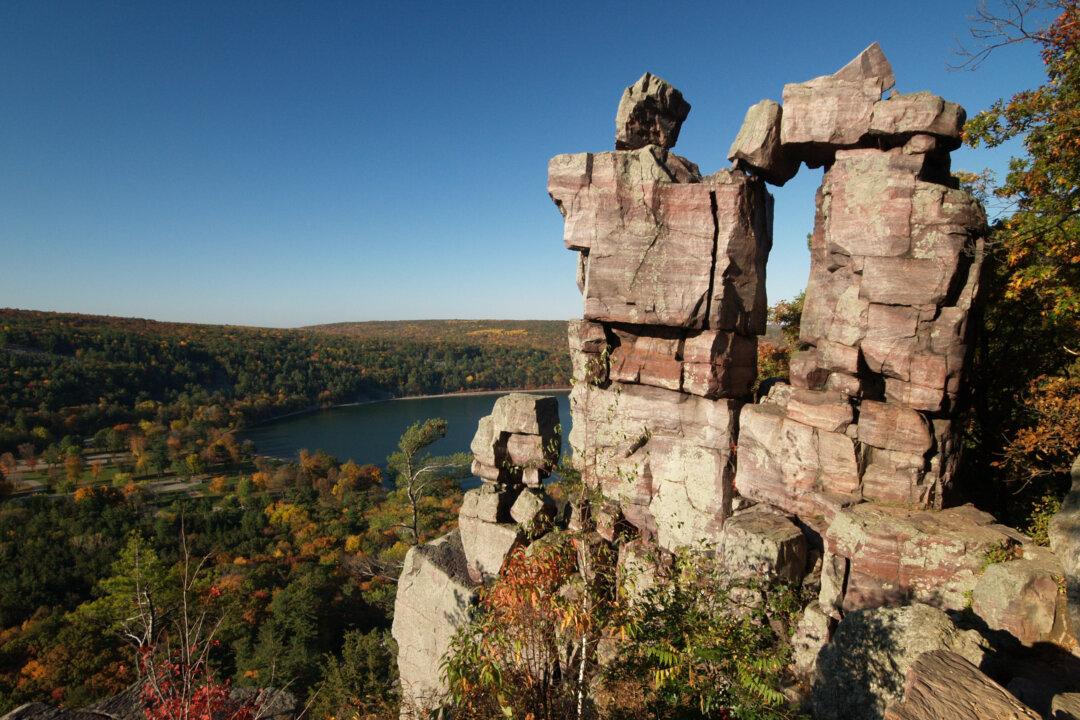I stood atop a rocky cliff looking down into the waters of the Dalles of the St. Croix, a gorge on the river that forms part of the state border between Minnesota and Wisconsin, inside the latter’s Interstate State Park. Meltwater and sudden outflows from large glacial lakes carved this channel through ancient volcanic rock and created the modern river.
But I found a curious thing as I stood there: right beneath my feet were round depressions, some of them shafts, descending as deep as wells. Potholes. Not the bane of Wisconsin roadways, but the mark of raging water. More than 10,000 years ago, water flowed through here so fast and hard that it could whirl stones and debris in its eddies, which in turn carved deep into the rocky surface as a natural drill. I was already high above the St. Croix, so the river that did this had to be massive.





